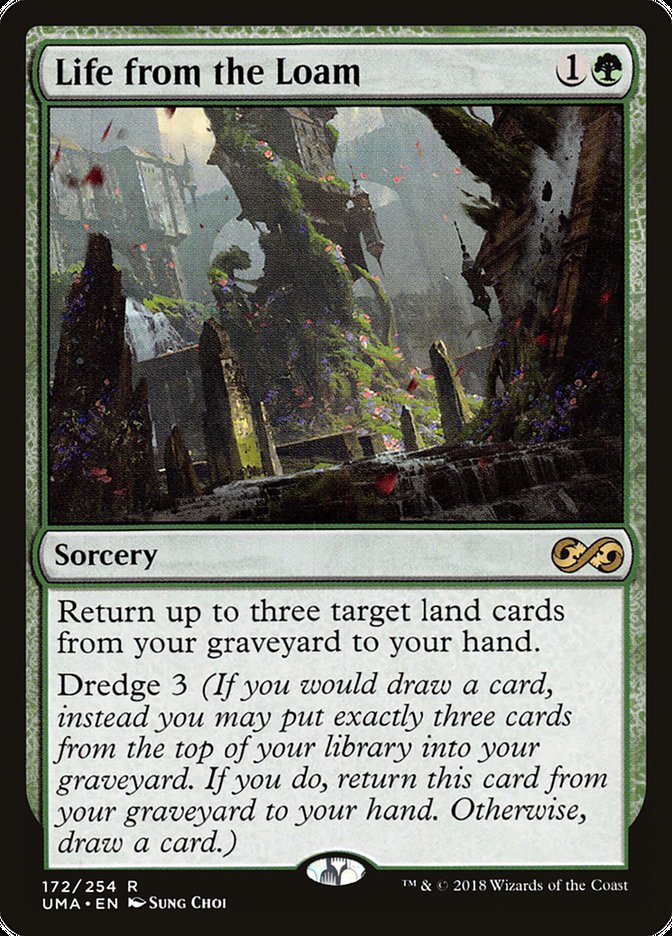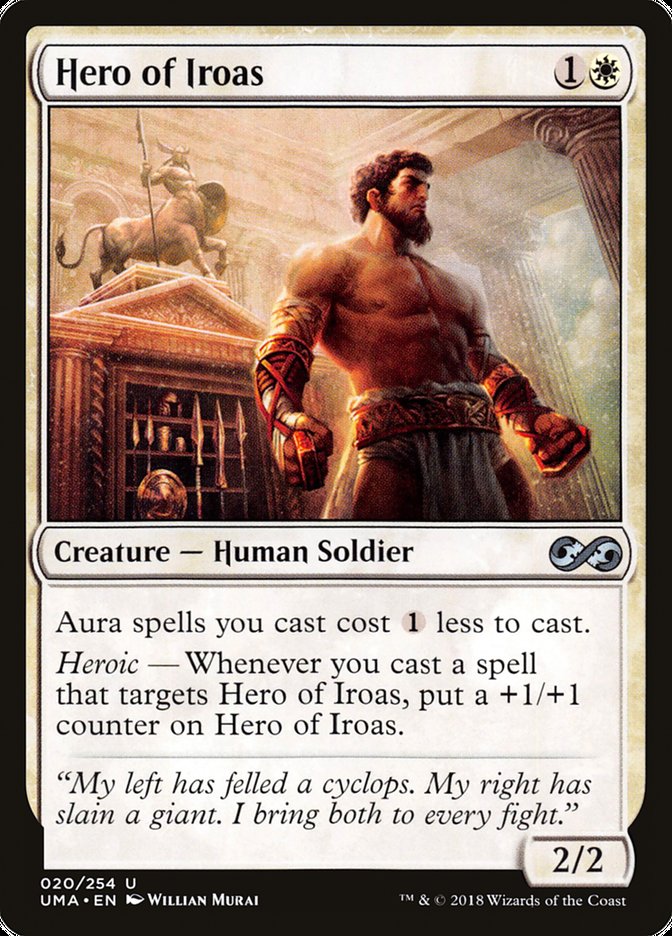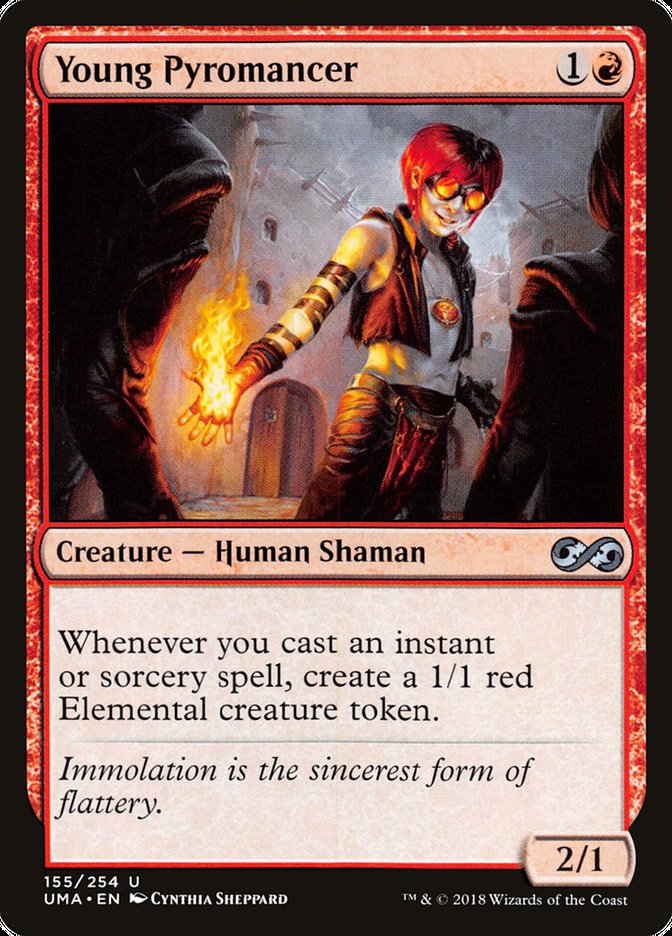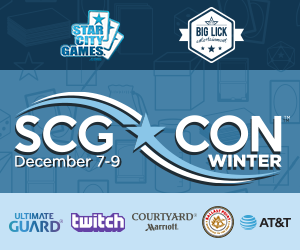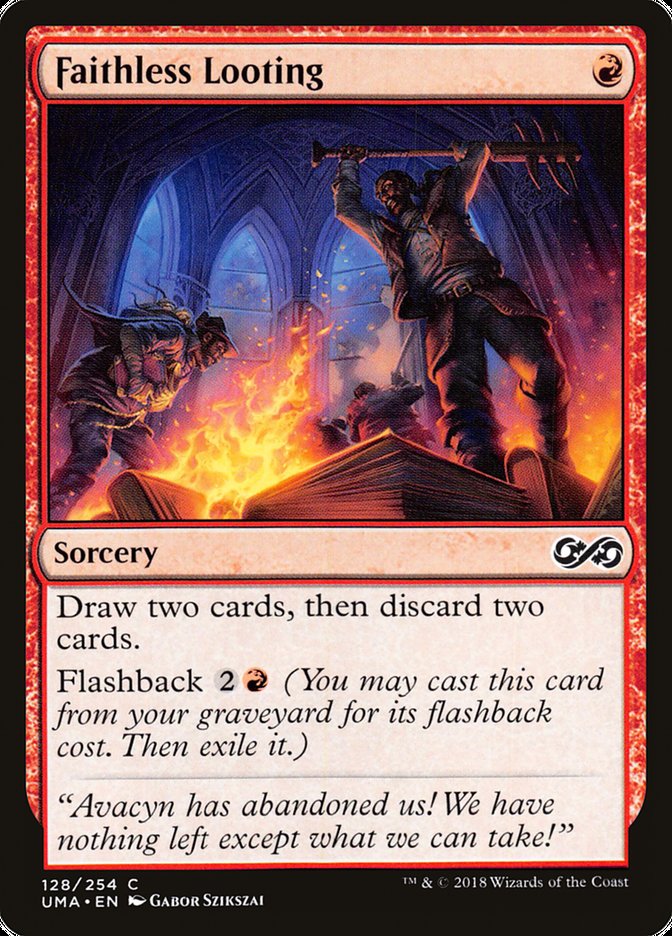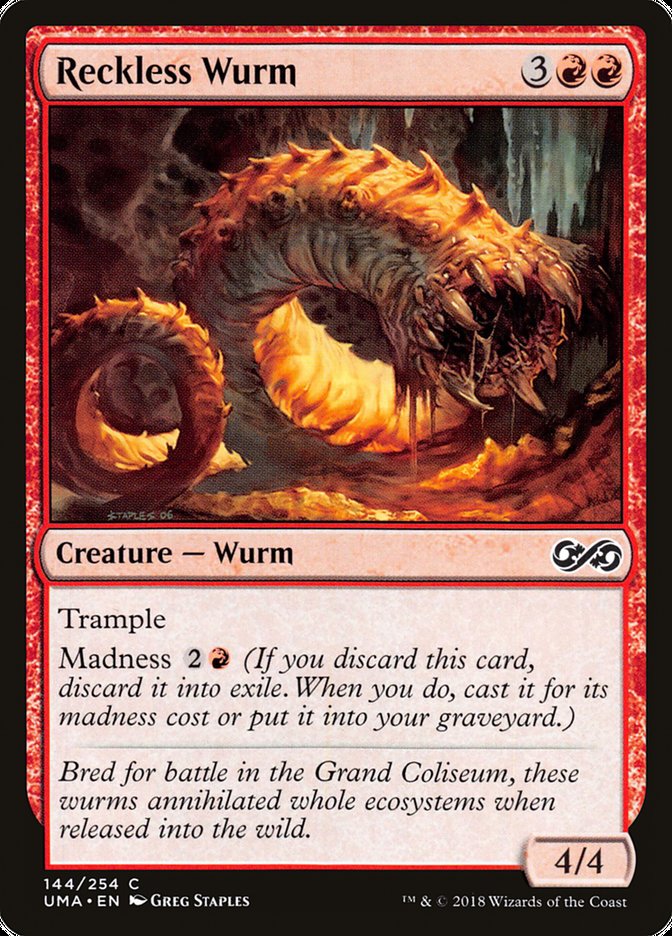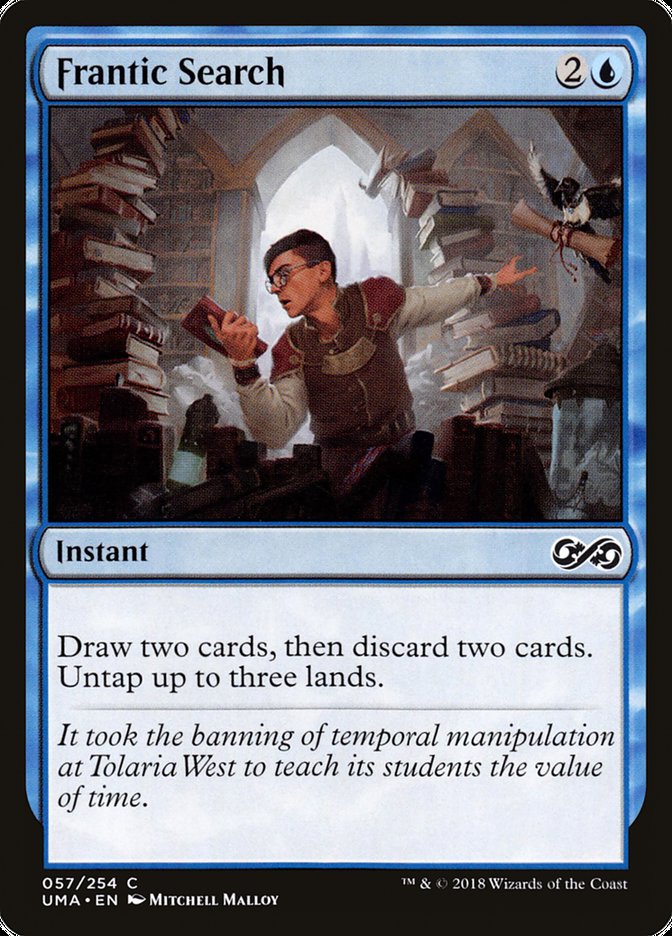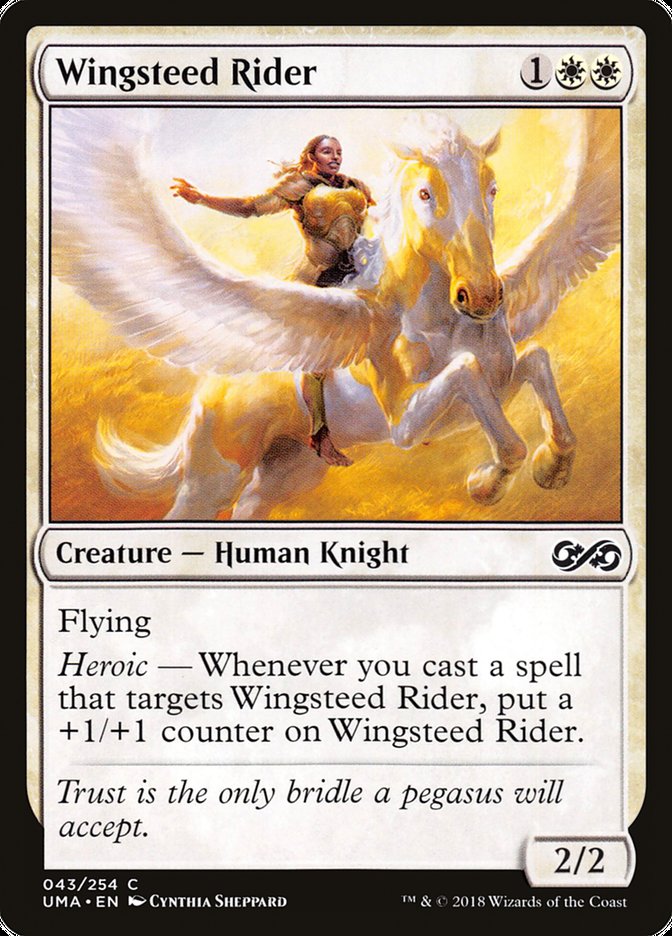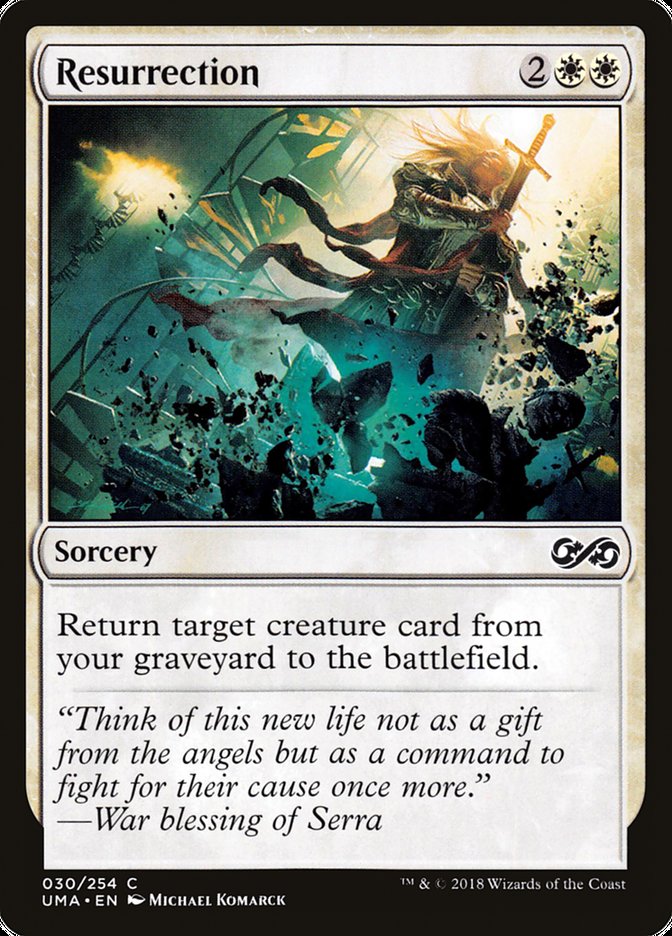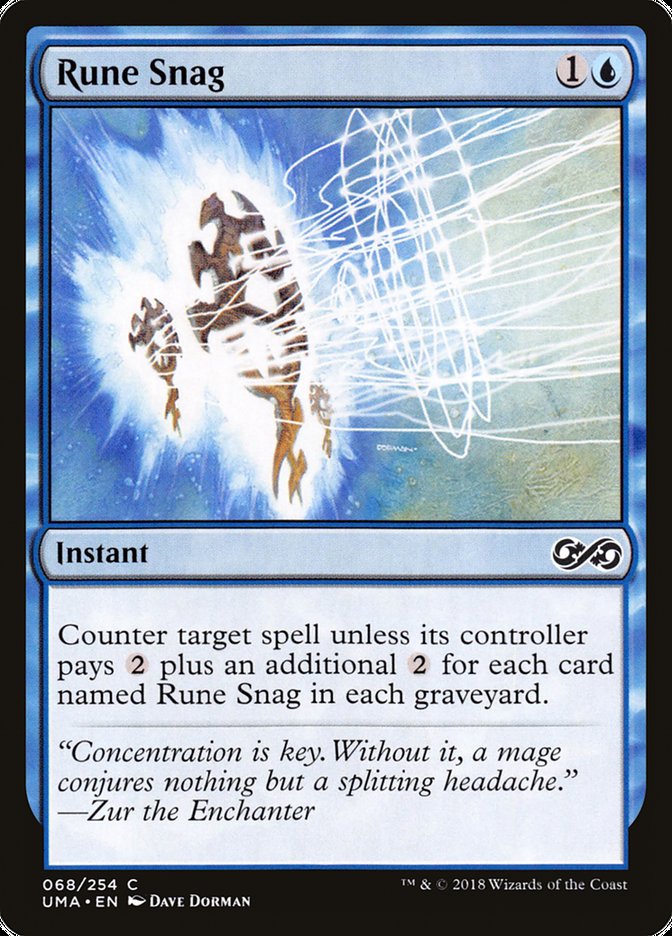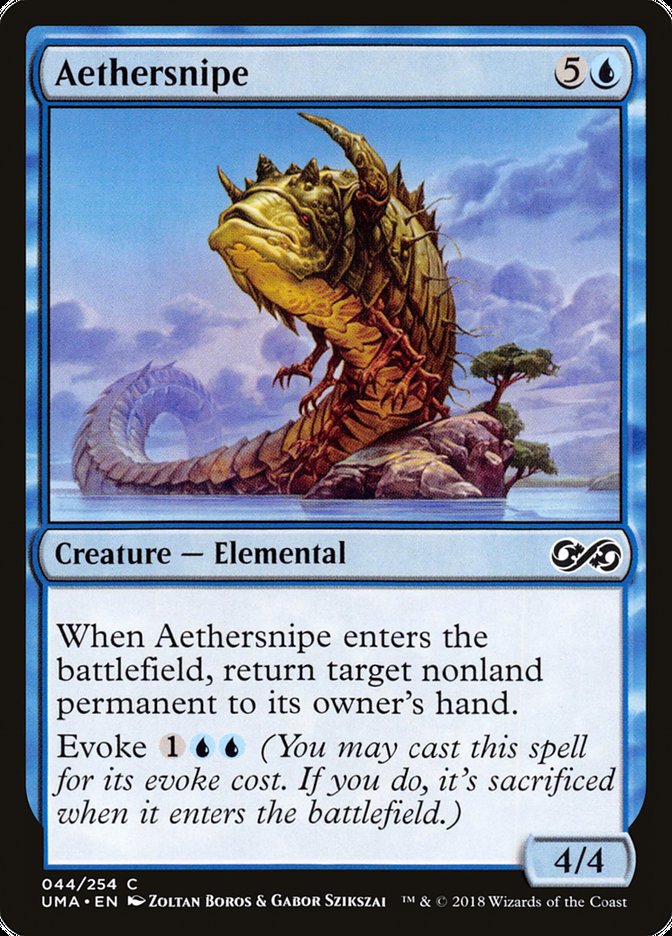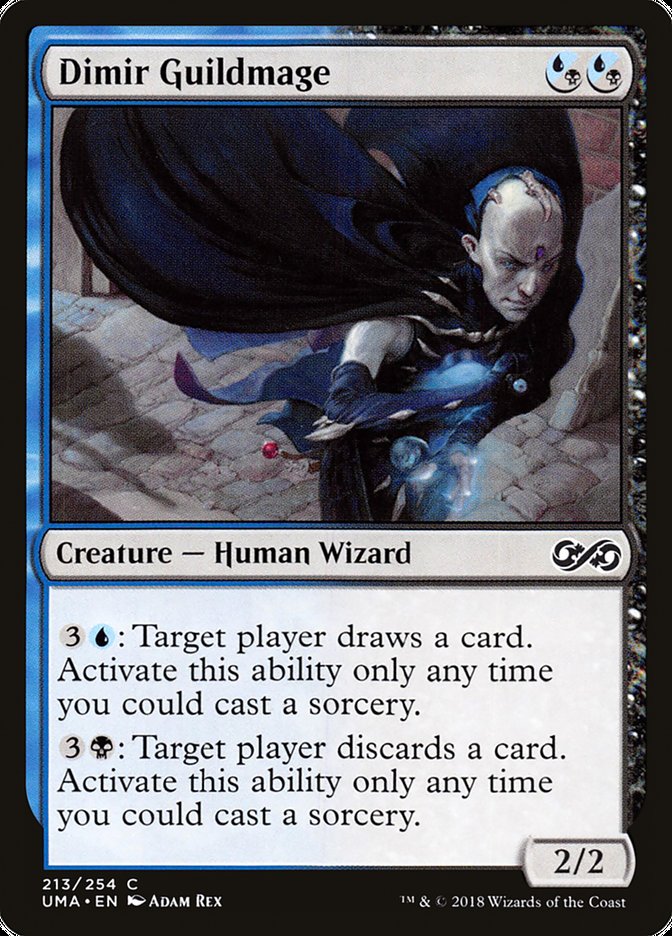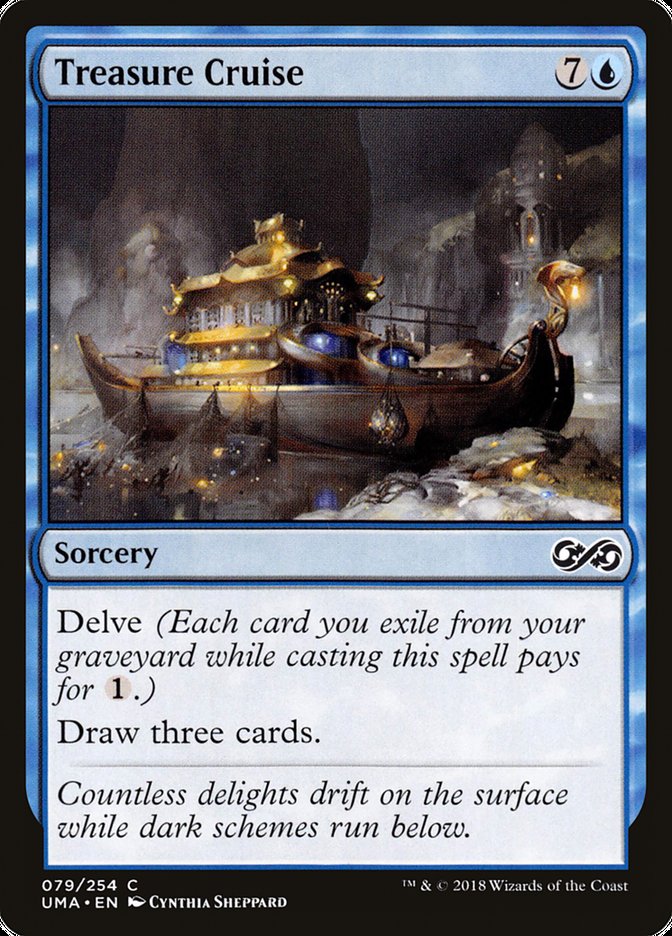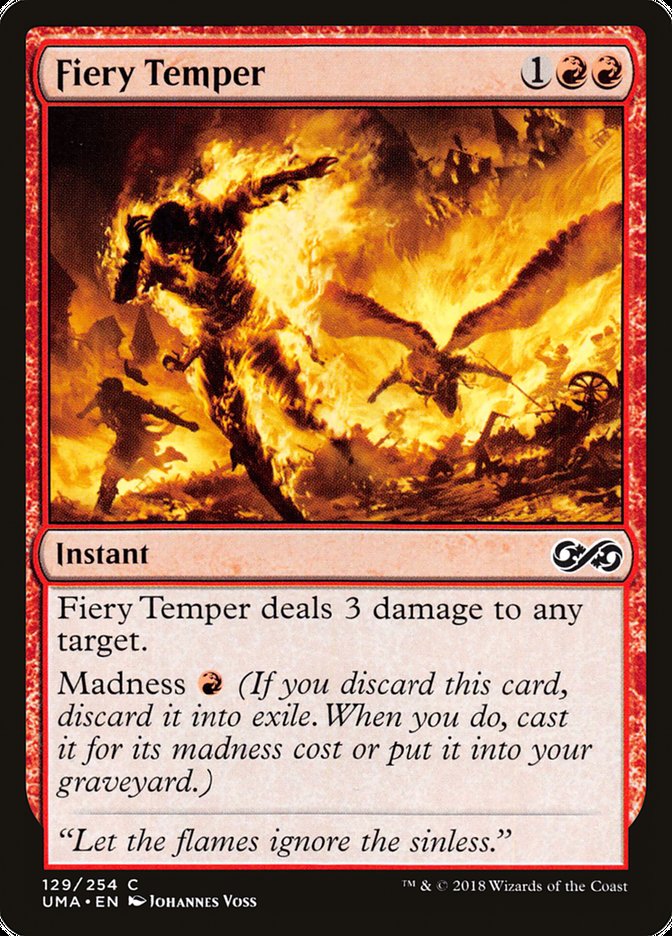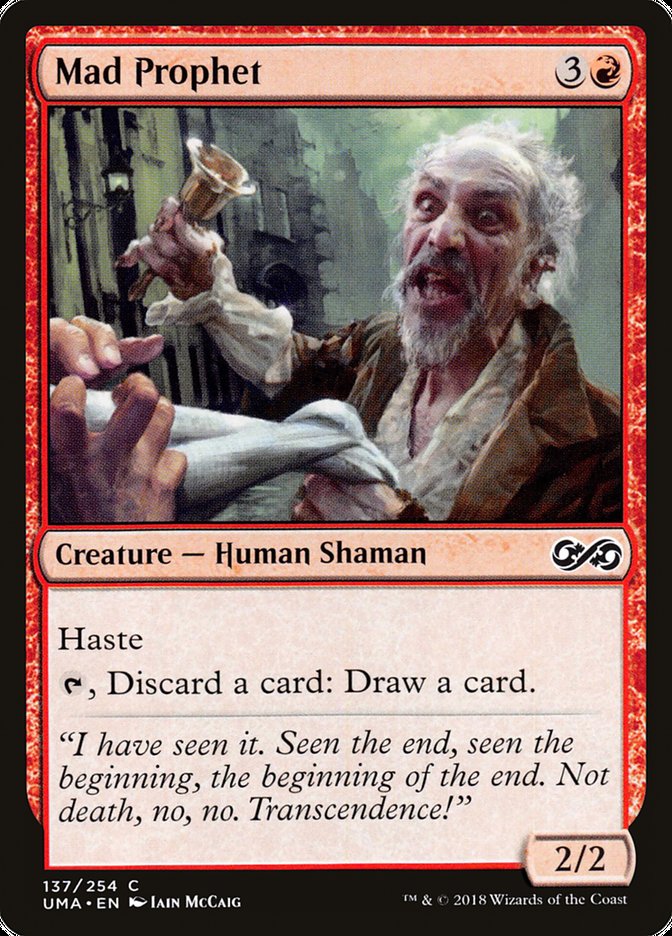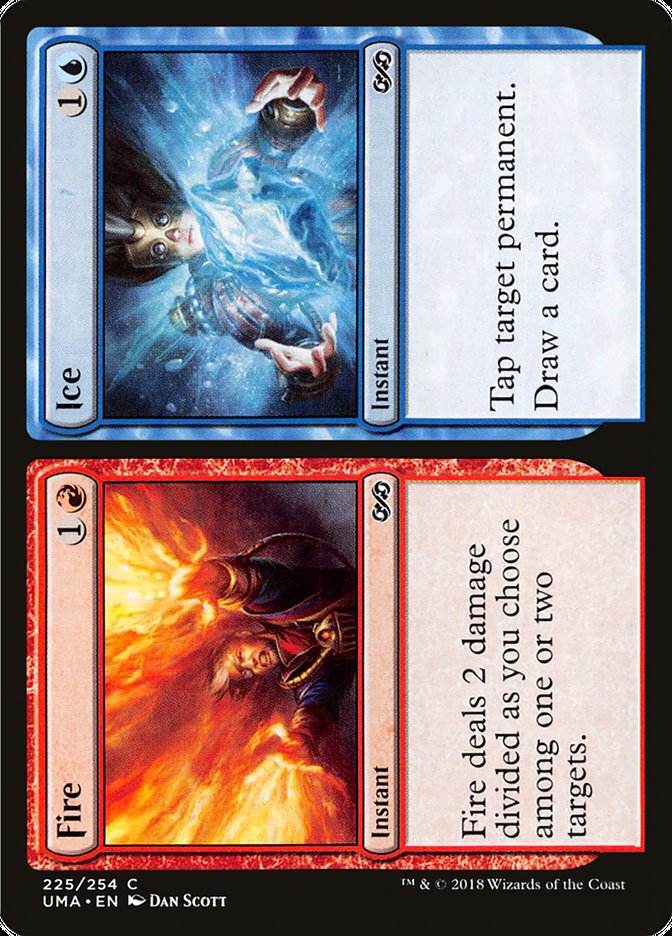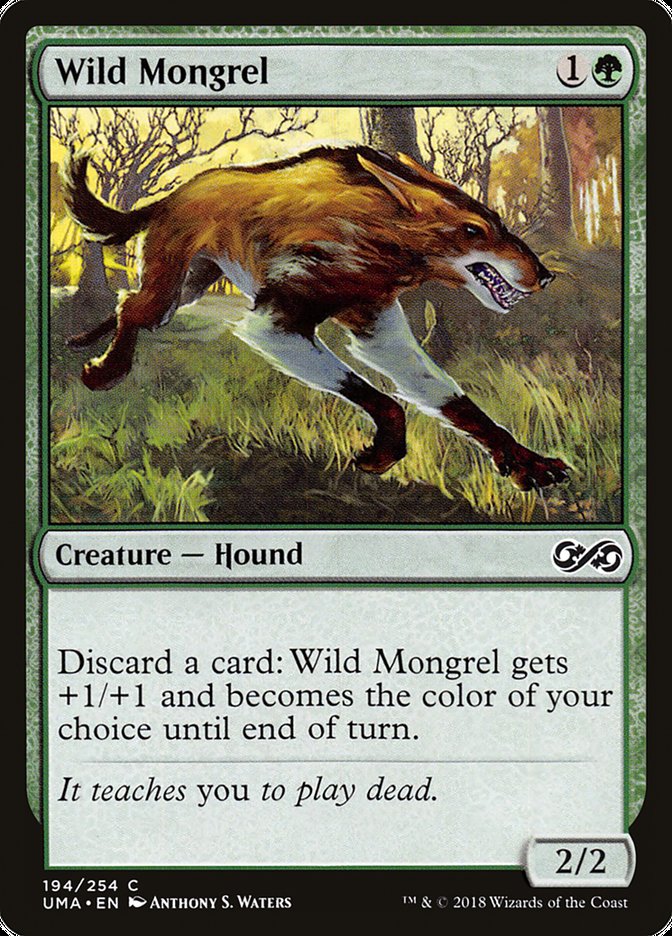Ultimate Masters
releases on Magic Online today, and you can draft it at your local store
tomorrow! I know I’ll be drafting the set a ton, but most people won’t have
that luxury. And if you’re spending this much money on a draft, there’s no
need to go in blind. My goal is to provide you with tools and heuristics
for approaching this Draft format from the get-go. This article will focus
on drafting a deck with the highest probability of winning. If your
favorite card is Life from the Loam, by all means slam it first pick and
have fun, but I don’t think that’s going to be the best strategy.
Masters formats are hard to draft. I can’t stress that enough. Archetypes
aren’t as limited to their color combinations, and what you can and can’t
do is not that obvious. In Ultimate Masters, I expect you can play
a Boros deck that curves out with cards like Arena Athlete, Wingsteed
Rider, and Hyena Umbra. But you can also draft a Boros deck that plays
Faithless Looting, Mad Prophet, and Resurrection!
The most important concept to understand when drafting any Masters set is
the intersection of card quality and synergy. Spider Spawning is a fun and
powerful card, but it can’t go in every deck. Faithless Looting can be very
powerful and efficient when paired with the right cards, but if you don’t,
it’s card disadvantage. The best cards will sit at a medium between
synergistic and powerful. Hero of Iroas may be one of the best cards in
your heroic deck, but it’s also a good beater with upside for any
reasonable white aggressive deck. It provides a high ceiling with synergy,
but given how easy it is to get just one counter on the card, the floor is
fairly high. This is one of the many reasons that Young Pyromancer is such a
powerful Magic card. Both Young Pyromancer and Hero of Iroas are cards I
expect to be solid uncommons to first pick in Ultimate Masters
Optimal decks in Masters sets are works of art. You want to maximize
synergy without sacrificing card quality. But facilitating that plan is
almost impossible given that most cards don’t fit this description. The
draft is a balancing act. Going all in on a synergistic combo sacrifices
too much consistency. Drafting a pile of fantastic cards without any
synergy is possible, but often folds to a good synergistic deck. Your plan
can’t just be to cast removal spells and solid threats because then good
luck beating Spider Spawning. It’s important that you have your own
synergies to maximize in order to press an advantage.
Heuristic #1:
You should be able to give your deck a descriptive name as you draft it.
When drafting both Masters sets and normal sets, color combinations tend to
do something specific. In Guilds of Ravnica, most decks can be
described as aggro, midrange, or control. Sure, sometimes you have enough
payoff to consider your Dimir deck a “surveil deck,” but it’s not expected.
This is because, in normal Limited sets, the powerful payoffs are rarely at
common.
This is not true for Masters sets, including Ultimate Masters.
Look at all the madness cards at common. Fiery Temper and Reckless Wurm are
real payoffs for playing cards like Faithless Looting and Frantic Search.
The best decks in this format will have quite a bit of synergy. Yes, they
will be some form of aggro, midrange, or control. But the difference is
that you have enough synergy to define your deck. It doesn’t
matter which camp your Izzet deck falls into, a good version of Izzet in Ultimate Masters can be described as either Izzet Madness or Izzet
Spells.
When drafting the format, make sure to keep this in mind. When looking at a
pack, remember that cards of the same color are important for different
archetypes. Laboratory Maniac probably can’t pair with white or red. But
there’s enough churning through your library in black and green that it may
have a home there. If you can define your deck as self-mill, you can play
Laboratory Maniac. So keep track of the cards you have and how they
synergize. Rather than finding your color pair, find your archetype. It’s
easier that way!
Heuristic #2:
Take enablers highly.
While payoff cards are great, they’re often narrow. I don’t want to pick up
Laboratory Maniac until I know I’m in self-mill. Same goes for cards like
Rise from the Tides or Spider Spawning. A crucial skill in drafting is
reading signals and navigating the draft to end up in the right archetype
for your seat. You can draft the best payoff cards highly, but if a payoff
and enabler are of similar power level, you should take the enabler unless
it’s late in the draft and you need payoffs.
Enablers tend to go in more decks than payoffs, as they are less narrow.
This is exacerbated in Ultimate Masters because most of the
synergies rely on the graveyard. They keep you open and also increase the
potency of any payoff cards throughout the draft. Furthermore, they’re
usually designed to stand well on their own, which makes them a priority.
Therefore, I believe cards like Mad Prophet and Satyr Wayfinder are top
commons.
Heuristic #3:
One-for-one removal is not as good as you think.
Removal is important in Limited. It always will be. In Masters sets, there
are usually a lot more cards like Eternal Witness than there are cards like
Mahamoti Djinn. There will be plenty of creatures you need to kill. It
could be a heroic threat that got too big, a Laboratory Maniac with a
non-existent library, or just to get a blocker out of the way to attack for
lethal. However, you cannot just plan on interacting with every creature
your opponent plays like you can in most sets with “removal.dec.” You’ll
get ground down by value creatures most of the time, so draft removal, but
a little lower than usual.
Lastly, given the heuristics described above, here are what I believe to be
the top commons in each color and cards I can see first picking. If a
common is not on this list, I would be very upset to start my draft with
it.
White
Wingsteed Rider with both Hyena Umbra and Spider Umbra is a force to be
reckoned with. One counter on this card and it can end the game all by
itself. Maybe Faith’s Fetters should be better, but given cards like Just
the Wind and the fact that removal is less premium, I would rather take a
solid synergistic threat.
The quality of this card is too high to ignore. It’ll go in any white deck
and you can splash it. It may be even better than I’m giving it credit for
because of Heliod’s Pilgrim.
This rarity downshift is pretty absurd to me. Resurrection can end the game
on turn 4, and even if you didn’t get a little lucky, it’s a powerful
lategame spell. There’s only so much reanimation in the set, but it’s a key
archetype, so Resurrection may end up a premium common.
Commons to be aware of:
Hyena Umbra, Tethmos High Priest, Heliod’s Pilgrim
Blue
Rune Snag is a cheap interactive card that handles value creatures much
better than removal spells. The fact that you can draft multiple and turn
this card into a splashable counterspell is nothing to scoff at. I like
this card a lot and plan on drafting multiples.
A giant Man-o’-War is great in Limited and Aethersnipe is no different. The
flexibility of casting it for cheaper is awesome, and evoke synergizes with
plenty of cards in the set. Personally, I’m looking forward to casting
Aethersnipe on turn 3 and Resurrection on turn 4.
Dimir Guildmage is an amazing value creature. You can play it in either
blue or black and if you can activate both abilities, you’re really doing
it. Unsure how highly you should be taking it, but it’s a very good card.
Treasure Cruise looks especially good in this set. While usually it’s hard
to draft a deck that supports multiple delve cards, the enablers are good
enough that I don’t think it will be a problem. All it takes is a Forbidden
Alchemy to turn Treasure Cruise into Harmonize, and I imagine it will be
Ancestral Recall some portion of the time.
I’m not excited to first pick it, as the card does get worse in multiples,
but I wouldn’t be surprised if this turned out to be a format where you can
play multiples!
Deranged Assistant is the only way to cheat on mana starting on turn 3.
There are three other ramp cards in the set, but they all cost three mana.
This places Deranged Assistant at a premium, as putting cards in the bin
for delve and other graveyard synergies is a nice amount of gravy on top of
an effect I already want.
Commons to be aware of:
Frantic Search, Archaeomancer, Just the Wind
Frantic Search is a card to lookout for. It’s one of the best enablers if
you’re looking to discard a card, whether for madness, reanimation, or even
pumping up Rise from the Tides or Spider Spawning. I don’t want to first
pick it, but depending on what your deck is trying to do, Frantic Search
can skyrocket in value.
Black
See notes from blue’s section on the Guildmage. However, it should be noted
that it’s slightly worse without the ability to draw cards, as that tends
to be a more impactful effect than making your opponent discard.
Black looks a lot more like a support color here. There aren’t many commons
that I’m excited to start my draft with, but there are a lot of commons
that get much better if you have the proper synergy. Guildmage is a solid
value creature, and the efficiency of Last Gasp does make it a removal
spell I like quite a bit – especially because it can sometimes still snipe
a creature with an Umbra.
I imagine that this means it won’t be common to start off with black cards,
but be on the lookout for what’s coming late, because all the honorable
mentions can be quite potent when used properly.
Commons to be aware of:
Gurmag Angler, Moan of the Unhallowed, Grave Scrabbler, Olivia’s Dragoon,
Bloodflow Connoisseur, Slum Reaper, Twins of Maurer Estate.
Red
I have Fiery Temper pegged as the best common in the set. If you pair it
with discard outlets, it’s Lightning Bolt, and even without them, it’s a
reasonable spell. The blowouts with Wild Mongrel will be real, and god
forbid you get multiples. I don’t plan on passing this card very much given
how easy it is to facilitate madness.
With all the graveyard and madness payoff, zero-mana enablers are few and
far in between. The haste on Mad Prophet means you guarantee your value,
which is quite nice. You can even wait until turn 5 to play it alongside
Fiery Temper!
Fire//Ice is one of my favorite cards of all time. Fire is a great spell
for any Limited deck, and if you can cast the Ice side, the card becomes
very good. You get free wins sometimes by cycling and tapping a land on the
right turn, and it plays well when both ahead and behind.
Commons to be aware of:
Faithless Looting, Thermo Alchemist, Reckless Wurm
Green
Satyr Wayfinder may be the best enabler for the green graveyard strategies,
so I plan on taking it highly. One of the awesome things about Satyr
Wayfinder is that, since it has such low probability of missing, you can
actually shave a land if you get multiple!
Wild Mongrel is the card that makes the madness decks extremely potent.
It’s a threat all by itself for two mana and turns all your madness cards
into absurdly efficient monsters. A two-drop that makes your opponent play
scared is nothing to scoff at. Sign me up!
Kodama’s Reach is a powerful card, but last time we had Cultivate in a
Masters set, it wasn’t as good as I thought it would be. Then again, that
set had a lot more fixing than this one, but also had more payoff for going
big. I still think the rate on Kodama’s Reach is good enough to have it a
top-tier common, but we’ll have to wait and see!
Commons to be aware of:
Wickerbough Elder, Hooting Mandrills, Pulse of Murasa
All three of these cards look a bit unassuming, but I promise they’ll each
do their part. Wickerbough Elder in a world with a bunch of enchantments at
common is awesome. Hooting Mandrills for fantastic double spell turns is
something you should look to do and arguably play around your opponent
being able to do. And lastly, Pulse of Murasa always is better than it
looks. Six life is a lot more than it sounds and this set looks to pay you
off with graveyard recursion!


